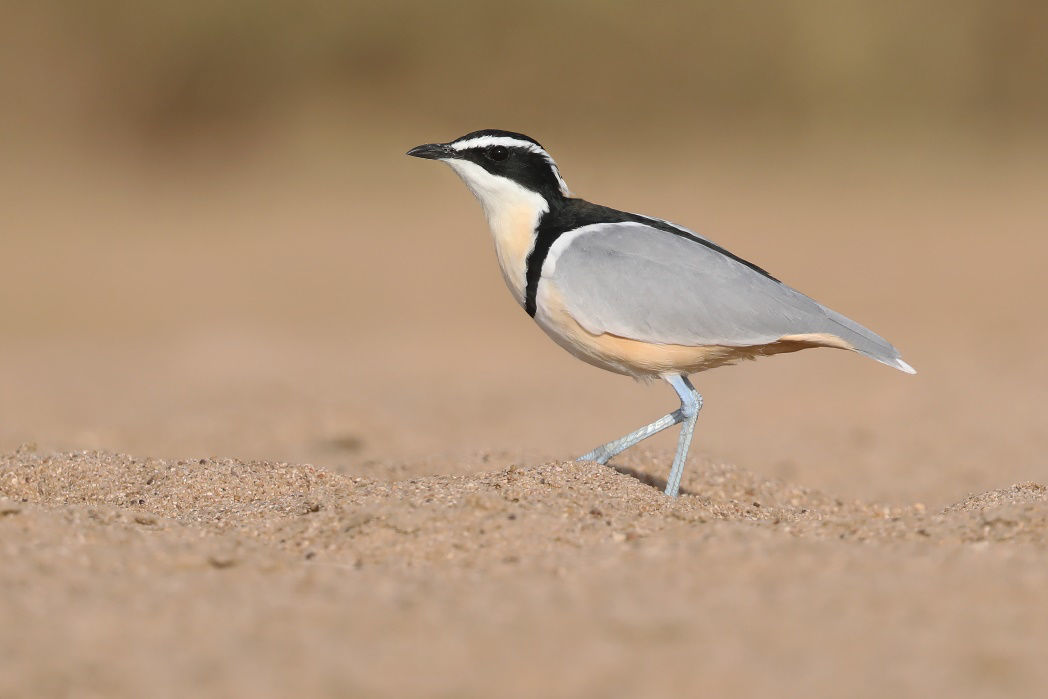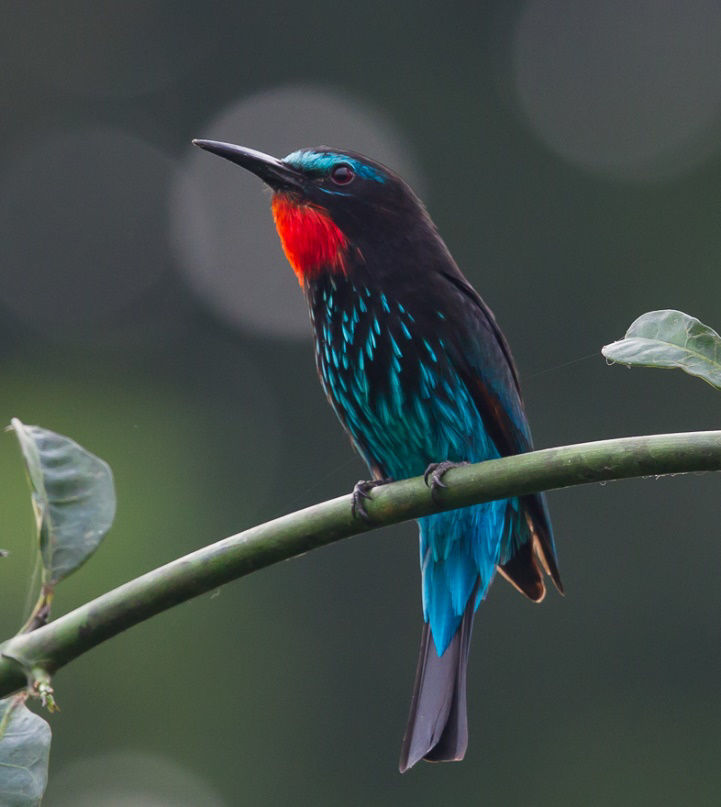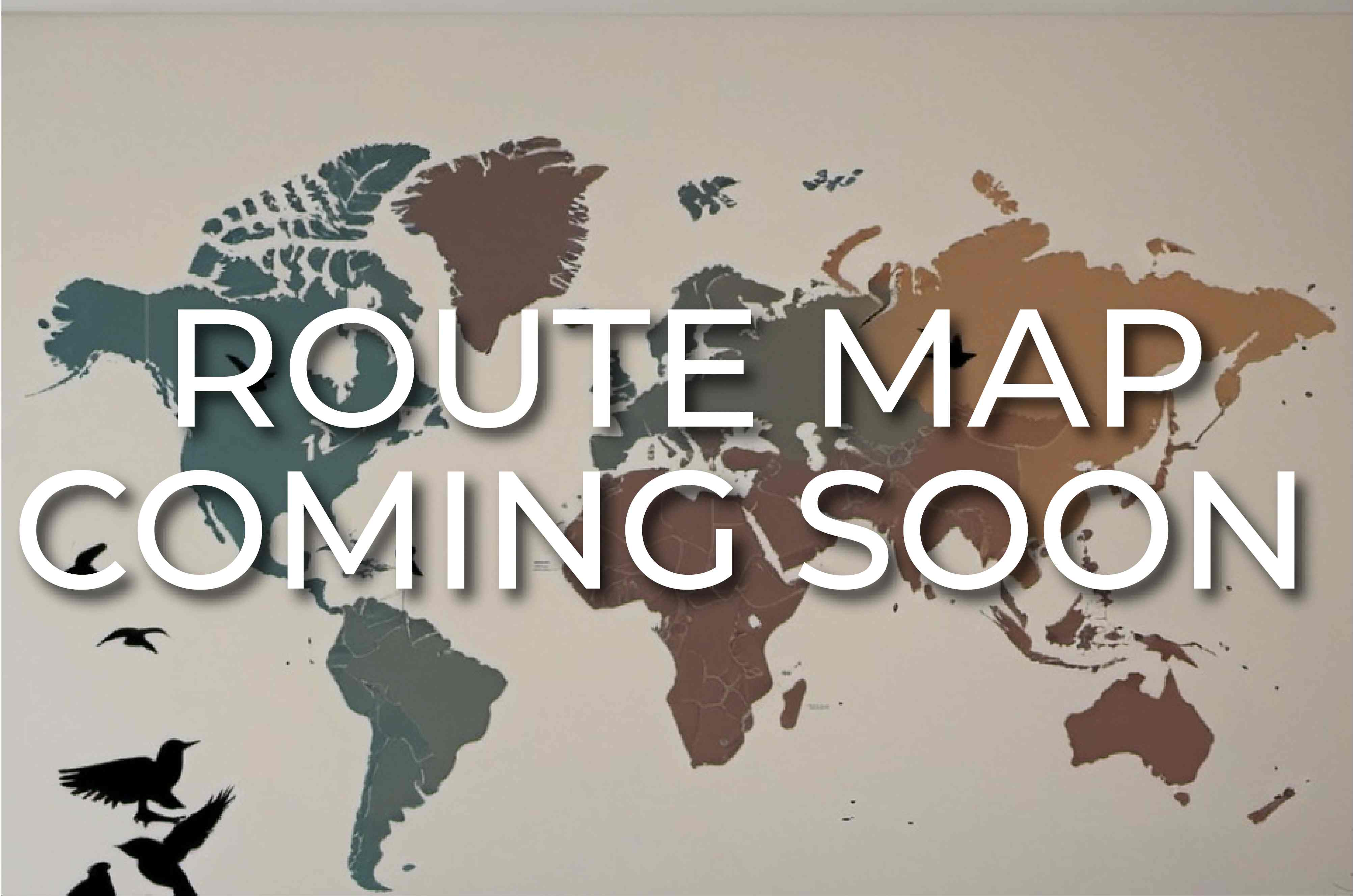Toll Free: 800.328.8368
Phone: 512.328.5221
Ghana

Egyptian Plover © Ashanti Tours
Exotic, friendly, and English-speaking, Ghana is also a true mecca of West African birding. Lying along the Gulf of Guinea on Africa’s stunning Gold Coast, this beautiful country can boast of many Upper Guinea endemics, a broad cross-section of African bird families, big game mammals, and a kaleidoscope of colorful butterflies. Good photographic opportunities.
An acclaimed new field guide, published in 2022, makes the identification of Ghana’s more than 760 bird species easier than ever. That impressive list, in a country smaller than the state of Oregon, includes five turaco species, five rollers, ten kingfishers, eight bee-eaters, and an amazing 20 sunbird species, including the regionally endemic Buff-throated. Our comprehensive itinerary takes us to lush rainforests, coastal savannas, lagoons, and glorious white sand beaches. March is also the perfect time to see many wintering European songbirds in their finest spring plumage. All told, we expect our species list to approach 400.
The crème de la crème in Ghana are two intriguing and highly sought-after birds, each of them occupying its own distinct family: the nearly mythical White-necked Rockfowl (or Yellow-headed Picathartes) and the sublimely beautiful Egyptian Plover.
Alongside these avian riches, we will also enjoy an exciting selection of cool mammals, including the Savanna Elephant, Roan Antelope, Kob, Bushbuck, and Diana and Colobus monkeys; with luck we may even encounter the remarkable Bongo, a nocturnal, forest-dwelling antelope. Nighttime excursions will give us a chance at the Pel’s Anomalure (an incredible flying squirrel–like rodent) or even a rare Long-tailed Pangolin.
Ghana’s national parks are justly world-famous. In Kakum National Park, Africa’s only canopy walkway brings us to a plethora of avian treasures at eye level. The many Upper Guinea endemics we will be looking for include the Brown-cheeked and White-crested hornbills, Copper-tailed Starling, Bioko Batis, Sharpe’s Apalis, Blue Cuckooshrike, and Fire-bellied Woodpecker. Among the other notable species are the Congo Serpent-Eagle, African Gray Parrot, Great Blue and Yellow-billed turacos, Emerald Cuckoo, Blue-throated Roller, and the stunning Rosy and Black bee-eaters.
Ankasa Reserve is another natural paradise, where our beautiful lodge nestles in the forest along the Ankasa River. Avian gems abound, including the Red-billed Helmetshrike, Rufous-sided Broadbill, and Chocolate-backed Kingfisher. Even the African Finfoot and the legendary Nkulengu Rail, first found here in 2011, are possible. The excellent marshes may hold a rare Dwarf Crocodile, Hartlaub’s Duck, or White-bellied, Shining-blue, and Dwarf kingfishers, while the hill forest of the nearby Atewa Reserve is home to the mind-blowing Blue-moustached Bee-eater, Blue-breasted Kingfisher, and Red-cheeked Wattle-eye.
In the Abrafo Forest, we will walk to a protected area with a breeding colony of the unique and bizarre White-necked Rockfowl. Like South America’s cocks-of-the rock, this secretive forest-dwelling bird cements its mud nest onto the bare faces of the dry overhangs, granitic boulders, and inselbergs that characterize this landscape.
Northern Ghana’s Sahel region features drier Guinea woodland and savanna. Spectacular Mole National Park is home to almost 100 mammal species and more than 330 species of birds. Our delightful lodge here stands atop an 800-foot escarpment, with breathtaking views out over the park’s 1,900 square miles. It is an amazing feeling to sit on the pool terrace watching African Savanna Elephants bathing in the nearby watering holes. Among the sought-after birds here are the Forbes’s Plover, Pel’s Fishing-Owl, Standard-winged Nightjar, and Spotted Creeper, along with such colorful gems as the Red-throated Bee-eater and Blue-bellied, Rufous-crowned, and Broad-billed rollers. This area is also home to a mouthwatering assortment of sunbirds and to many raptors. Mammals abound, and we hope to see Kob, Bushbuck, Waterbuck, Hartebeest, and the beautiful Roan Antelope, in addition to both Green Vervet and Patas monkeys.
We will also sample Ghana’s history with a visit to the infamous Cape Coast Castle, built in 1653, now a World Heritage Site and a chilling reminder of the horrors of the transatlantic slave trade.
Good mid-range to excellent accommodations; travel in a spacious, air-conditioned bus, with 4x4 vehicles at one birding site; two lengthy drives; several hikes requiring good physical condition, including hikes of one hour each way for the rockfowl; climate hot and humid, cooler at night.

Black Bee-eater © Willie De Vries
Price: $8,645
This departure is sold out. Please contact the VENT office to register for the waitlist.
Departure Dates
Route Map

Tour Leaders

Andrew
Whittaker

Local
Leader
Field Reports
No Field Reports
Connecting Tours
No Connecting Tours
Operations Manager

Celeste
Dillon
Questions? Contact the Operations Manager or call 800.328.8368 or 512.328.5221


